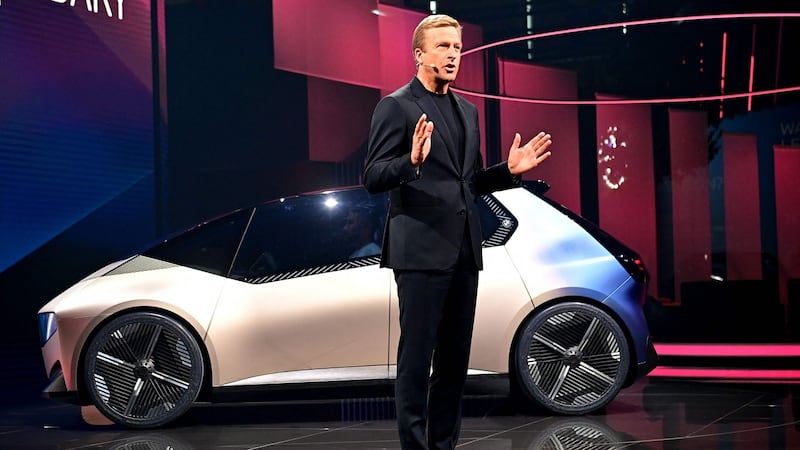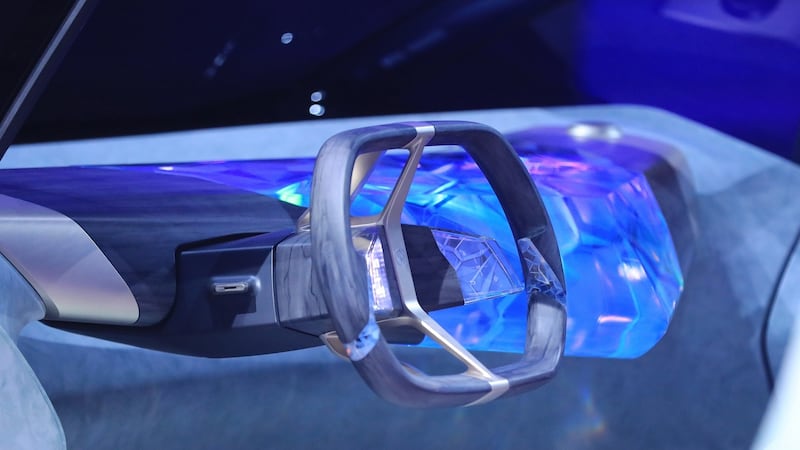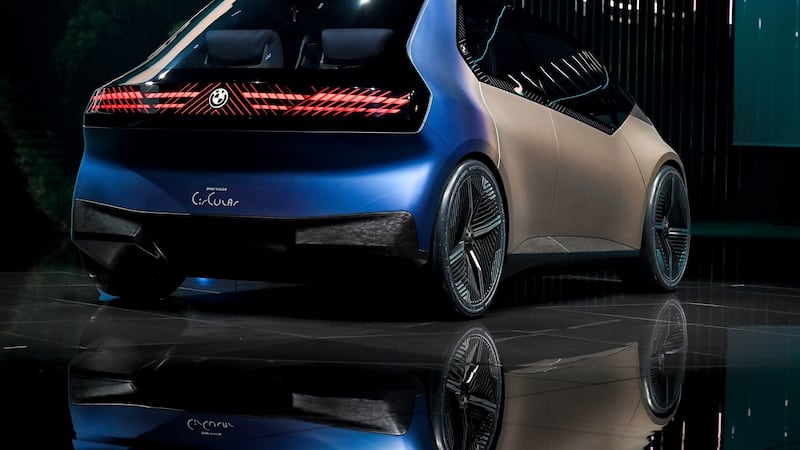BMW says that it's on course to achieve emissions reductions that would see it meet the Paris Accord strictures for a 1.5-degree rise in global temperatures. If accurate, that would make the German car giant something of an outlier - most climate scientists think that we're way past the point of no return for the 1.5-degree rise, but BMW boss Oliver Zipse is adamant that the Munich car maker is hitting its targets.
“How companies are dealing with CO2 emissions has become a major factor when it comes to judging corporate action. The decisive factor in the fight against global warming is how strongly we can improve the carbon footprint of vehicles over their entire life span,” said Zipse at the opening of the IAA motor show in Munich. “With the Neue Klasse we are significantly sharpening our commitment and also committing ourselves to a clear course for achieving the 1.5 degree target.”

That all-electric ‘Neue Klasse’ - a name lifted from the original BMW 1800 saloon of 1962, a car that turned around a then-ailing company - will be with us in the next year or two, but for the IAA show, BMW is looking slightly further ahead. In fact, it’s looking all the way to 2040, and what a 1 Series hatchback might look like by then.
Radical change
If the i-Vision Circular concept is anything to go by, then the 1 Series of the future will be a radical cab-forward hatchback, with some overtones of the 1993 Z13 motorbike-engined three-seat concept city car. The Circular is one of five concept cars BMW will be showing off in Munich, which show “how it envisages individual urban mobility.”
While the Circular’s dramatic styling are interesting, the more interesting parts of the car are what it’s made of. Which is, mostly, recycled material. BMW reckons that, across the board, its cars currently have around a 30 per cent content of recycled material. The plan is to ramp that recycled content up to 50 per cent. The i-Vision Circular concept car, just to show what potentially can be done, is made of 100 per cent recycled materials. Even the tyres are made from certified, sustainably cultivated natural rubber.

For the controls, BMW has come up with the rather cringing portmanteau of ‘phygital’ - which is supposed to mix the common-sense of physical controls with the versatility of digital ones. In the cabin, there’s a V-shaped 3D-printed, ‘crystal body with nerve-like structures running through it.’
BMW sees this as the car’s brain, so to speak, and it’s held in place with naturally treated, sustainably-sourced wood. There is no instrument panel nor infotainment screen - instead, all of that is projected onto the lower half of the windscreen, all the way across the width of the cabin.
By using the windscreen as a projection surface, BMW says it’s eliminating the need for extra touchscreens in the car. You can control it all via touchpads on the steering wheel, or by connecting your phone or tablet to the car’s system. That steering wheel, incidentally, is also 3D-printed, and made from ‘bio-based’ material.
Finally, there's the noise. BMW has been working with famed Hollywood music composer Hans Zimmer to create audible effects for its otherwise-silent electric cars, and he - along with BMW's own head of sound engineering Renzo Vitale - has come up with an e-car noise for the i-Vision Circular that's meant to 'makes its circularity audible'.
Just how pie-in-the-sky all of this is remains to be seen over the next 19 years, but it’s hard not to see the appeal of BMW that looks this good (proper, shallow grilles again at last!), and has this light an environmental touch (assuming all of the claims and ideas can be brought through to production). Now they just have to make it drive like a proper BMW…














